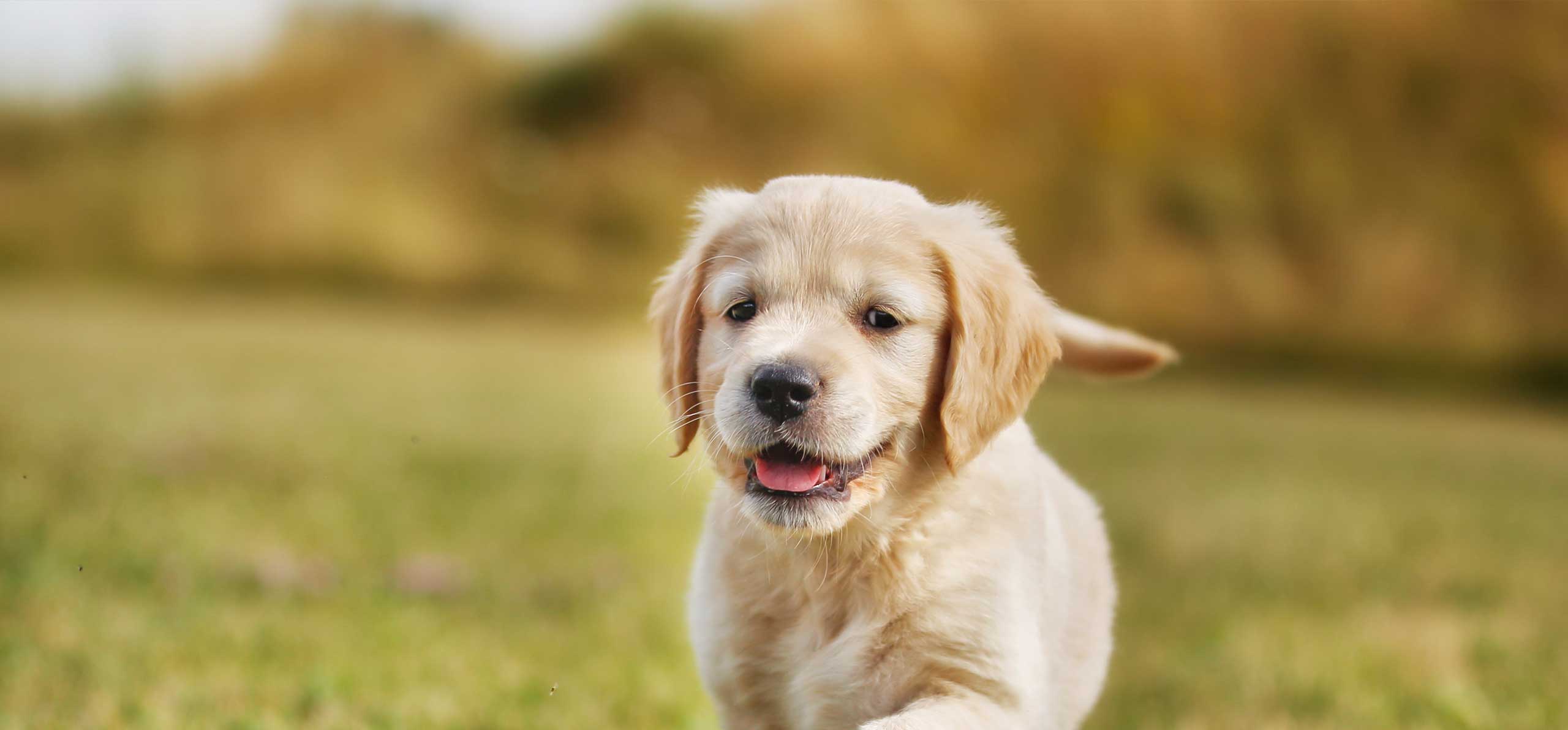After those initially blissful weeks puppies begin to develop, and that means growing pains. One of the first is teething.
Whether you've rescued a six-month old pup from the shelter or a brand-new puppy from a breeder, teething is an unavoidable part of growing up. It’s painful, fussy and usually results in your favorite pair of shoes getting chewed up and slobbered on.
Here are a few tips to help make teething a less miserable experience for your little guy:
Let the teething begin
Your puppy most likely went through the initial stages of teething before arriving at your home. Between 2 and 4 weeks old, their deciduous or puppy teeth first appear.
At three to four months old, prime puppy-teething usually begins and can last for two to three months. Your pup’s adult canines will start to come in and replace the puppy ones. Don’t be alarmed if you don’t find the original puppy teeth around the house. Many pups just swallow them as their adult teeth appear.
Start soothing
Most techniques to soothe teething babies and puppies rely on one simple action: chewing.
Any pet supply store will stock a variety of chew-toy options. There are plush toys, rubber toys, plastic toys, chew sticks, rawhide bones, etc.. While you don’t need one of everything, it’s good to have options. The kind of soothing your puppy craves may change during the course of their teething and you'll want to have something to accommodate that.
To cover all the bases, we recommend something hard, something soft and something edible, like a chew stick or bone. Having different shapes and textures can do the trick. Even ice cubes can provide wonderful relief for your teething puppy.
You might also want to include a tug-of-war toy. This activity can be good for both teething and training, which is critical for your puppy’s development. Remember, only use puppy-approved toys and chews; teething items for babies are not indicated for pups.
Make the most of it
For babies, teething time is marked by extreme discomfort and fussiness. Puppies, on the other hand, may have the uncontrollable urge to, literally, tear things up.
Chewing and mouthing are natural behaviors during this period. Not only is your pup trying to soothe his teething pain, he’s also trying to develop a relationship with his environment. The best tactic to protect your hands, furniture and clothing (which puppies are notorious for chewing) is to make sure those items are located off the ground and out of reach while providing easy access his chew toys instead.
Teething can be really uncomfortable, but it’s also a crucial time for your puppy’s social development.
Use teething as an opportunity to soothe the pain, bond with your new family member, and train and play with him so he knows the difference between appropriate chew items and absolute no-nos, like those Italian leather shoes you treasure.
At the end of the day, the greatest gift you can give your new pup is love, attention and a healthy dose of patience.
Let dental care begin
Once you’ve passed the teething phase, it’s very important to make sure your dog maintains healthy teeth and gums. Tooth decay and gum disease is a very real concern for dogs as they grow older, and good habits early on can do wonders for them later in life. Check out these dental care tips to establish good habits.
Just like humans, regular brushing and routine checkups are also critical for protecting your pup’s chompers. Even something as simple as regularly using dental sticks can help stave off dangerous mouth pathogens, and be a tasty treat for your pup. Check out all-natural daily dental sticks for dogs of any size and age.
Always remember
If you feel like you’re having some difficulty reading your dog and providing the best solution, don’t panic. Every dog is different. Have patience and keep trying. Don’t hesitate to discuss any teething questions or concerns with your veterinarian, especially if complications arise with your puppy’s teeth or overall health. With lots of love and attention, you’ll help make this transition as smooth and painless as possible for both you and your newest family member.

